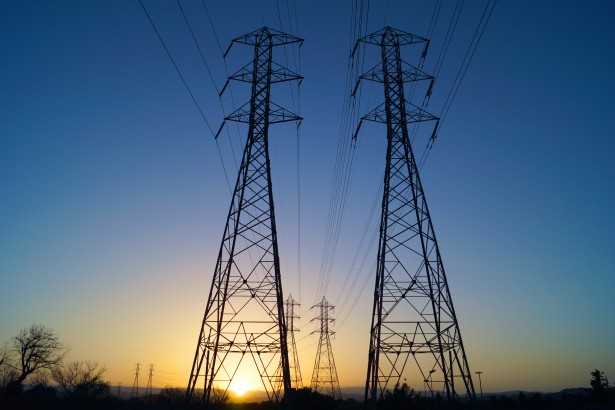Plenty of hot takes from Glasgow. Here are ours:
- The Big Story: African leaders stepped up to argue forcefully for fairer treatment and increased agency. Multiple heads of state made assertive calls for continued development finance for gas-to-power infrastructure during their energy transition, and for expanded climate finance, including Presidents Chakwera, Museveni, and Buhari. The NYTimes drew heavily from Nigeria’s VP Osinbajo.
- The Big TBD: The theatrical pledge to “end financing” for new unabated fossil fuel projects overseas means very little — at least for now. Pledges to end public finance for overseas projects are highly convenient for rich countries because they don’t require legislative action and don’t impact contentious domestic politics (especially in the middle of soaring fuel prices and potentially calamitous gas shortages in Europe). But bans on development finance are regressive because only the poorest countries depend on such capital for power generation. The specific details over what flexibility the US, UK and others allow (e.g. carve-outs for poor countries, clear and consistent standards for ‘credible alternatives’, etc.) are still TBD but will be crucial.
- The Big Question: What does ‘climate finance’ really mean? A lot of attention has been focused on whether $100 billion pledged in 2009 has been met (it hasn’t) or if more funding is needed (of course it is.) But all of that is irrelevant if it’s not clear what counts as ‘climate finance.’ If it just means spending on renewable energy, then it’s far too narrow. And if it ends up being nothing more than traditional development aid plastered with a new label, then what’s the point?
- The Big Breakthrough: The ‘International Just Energy Transition Partnership’ with South Africa is promising. The program aims to accelerate the decarbonization of SA’s economy by helping close coal plants ahead of schedule and fund clean alternatives. If successful, it could get South Africa back on track and establish a model for similar partnerships elsewhere — but a lot depends on how it’s done. Hub Fellow Catrina Godhino will be watching for whether promised commitments are delivered, early investments crowd-in more capital as expected, and especially if local needs (beyond carbon mitigation) are met.
- The Big Next Step: COP27 in Egypt will highlight Africa. Some late-breaking details may still emerge, but most of the unanswered questions from Glasgow will be kicked to next year. One thing seems inevitable: the 2022 hosts will want to ensure that the issues most pressing for the continent — climate finance, adaptation, funding for loss and damages, and better representation of the most vulnerable — get a fairer hearing than 26 COPs have provided so far.



